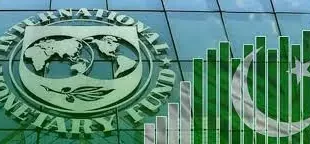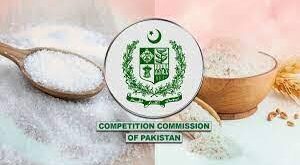
ISLAMABAD: In a major overhaul of the country’s power sector, the government is drawing up a 10-year electric policy focused on cutting electricity costs, eliminating circular debt, and gradually stepping away from state monopoly in power procurement, according to sources in the Energy Ministry.
The long-term roadmap under preparation aims to transition the power market towards competitive and cost-efficient structures. Key features of the policy include phasing out expensive, short-term fixes, opening electricity trade to the private sector, and improving performance across the generation, transmission, and distribution chain.
As part of the reforms, the Guddu and Nandipur power plants are being lined up for privatization. In distribution, three companies—IESCO, GEPCO, and FESCO—are being prepared for privatization in the first phase, with LESCO, SEPCO, and MEPCO expected to follow. Officials say these steps are central to improving service delivery and curbing losses that have long plagued the sector.
A cornerstone of the new policy is the reduction of circular debt, which currently stands at Rs 2.4 trillion. Ministry sources say negotiations with 36 Independent Power Producers– IPPs–have been concluded, paving the way for projected savings of Rs 3.696 trillion over the operational life of their plants—spanning between 3 to 25 years.
The policy also emphasizes a shift in how new power plants are developed. Future capacity additions will be guided by competitive bidding to ensure cost-efficiency and transparency. In parallel, a detailed transmission loss reduction plan is being finalized, with the potential to cut power costs by up to Rs 2 per unit. Line losses currently contribute Rs 1 to 2 per unit in additional costs.
The transition to locally sourced fuels is also being factored in. Chinese power plants operating under CPEC may be converted to run on domestic coal, while associated loans are expected to be reprofiled to ease the financial burden.
Other initiatives tied to the policy include Rs 55 billion earmarked for the solarization of agricultural tube wells in Balochistan, automation of electricity meters nationwide, and service agreements to guarantee supply to captive industrial units.
In terms of immediate relief, tariff reductions have already taken effect for 18.9 million low-usage consumers, with rates dropping by Rs 6.14 per unit—translating to nearly 56% in savings. Officials say this aligns with the broader aim of protecting vulnerable segments while cleaning up systemic inefficiencies.
While no decision has been finalized on potential changes to the base tariff, the recently announced relief of Rs 7.41 per unit is already incorporated into the current rate. Final determinations on tariff adjustments are expected by June through the regulator.
 BeNewz
BeNewz




